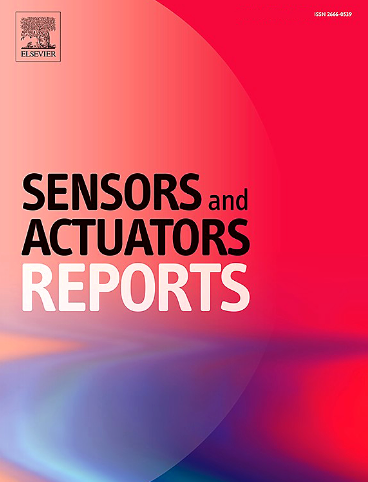Developing point-of-care diagnosis using electrochemical biosensor: Mosquito-borne disease
IF 6.5
Q1 BIOTECHNOLOGY & APPLIED MICROBIOLOGY
引用次数: 0
Abstract
Mosquito-borne diseases continue to pose a significant threat to global health, encompassing a wide range of illnesses caused by pathogens transmitted by mosquito vectors, including viruses, bacteria, and parasites. Diseases such as malaria, dengue, chikungunya, and Zika underscore the urgent need for effective detection methods, along with appropriate preventive measures to mitigate their severity. In response, electrochemical-based biosensor technologies have emerged as a promising solution for rapid, sensitive, and specific diagnosis. This review comprehensively examines recent advances in the utilization of biorecognition elements in electrochemical biosensor systems for detecting mosquito-borne diseases. The discussion covers an overview of the biorecognition elements employed, diagnostic performance assessments, design considerations, and their potential as point-of-care (POC) biosensors. By synthesizing these developments, this review emphasizes the critical role of electrochemical biosensors in advancing global health initiatives against mosquito-borne diseases. Finally, the discussion also addresses the future prospects of POC features in diagnosing these diseases.

求助全文
约1分钟内获得全文
求助全文
来源期刊

Sensors and Actuators Reports
Multiple-
CiteScore
9.60
自引率
0.00%
发文量
60
审稿时长
49 days
期刊介绍:
Sensors and Actuators Reports is a peer-reviewed open access journal launched out from the Sensors and Actuators journal family. Sensors and Actuators Reports is dedicated to publishing new and original works in the field of all type of sensors and actuators, including bio-, chemical-, physical-, and nano- sensors and actuators, which demonstrates significant progress beyond the current state of the art. The journal regularly publishes original research papers, reviews, and short communications.
For research papers and short communications, the journal aims to publish the new and original work supported by experimental results and as such purely theoretical works are not accepted.
 求助内容:
求助内容: 应助结果提醒方式:
应助结果提醒方式:


